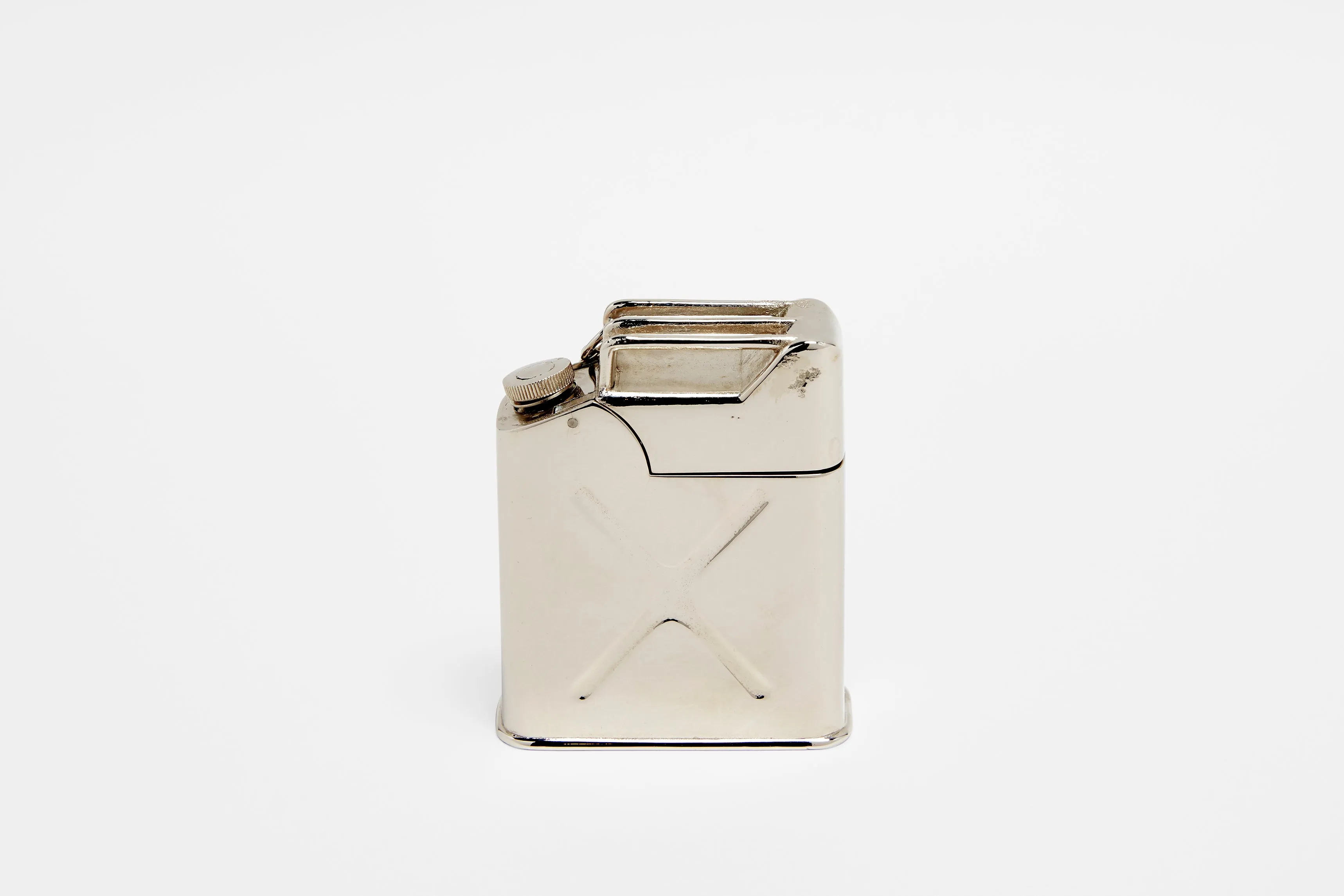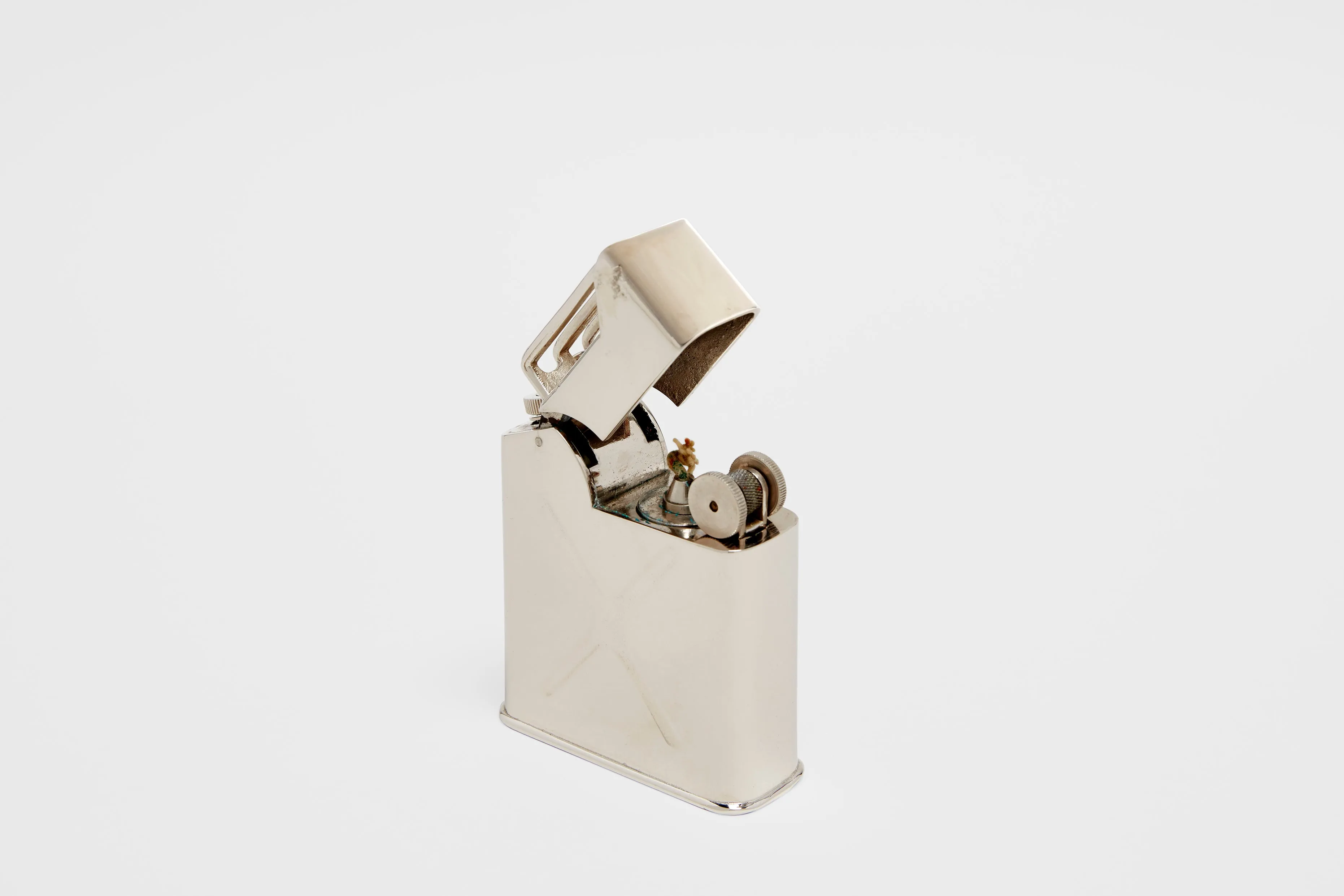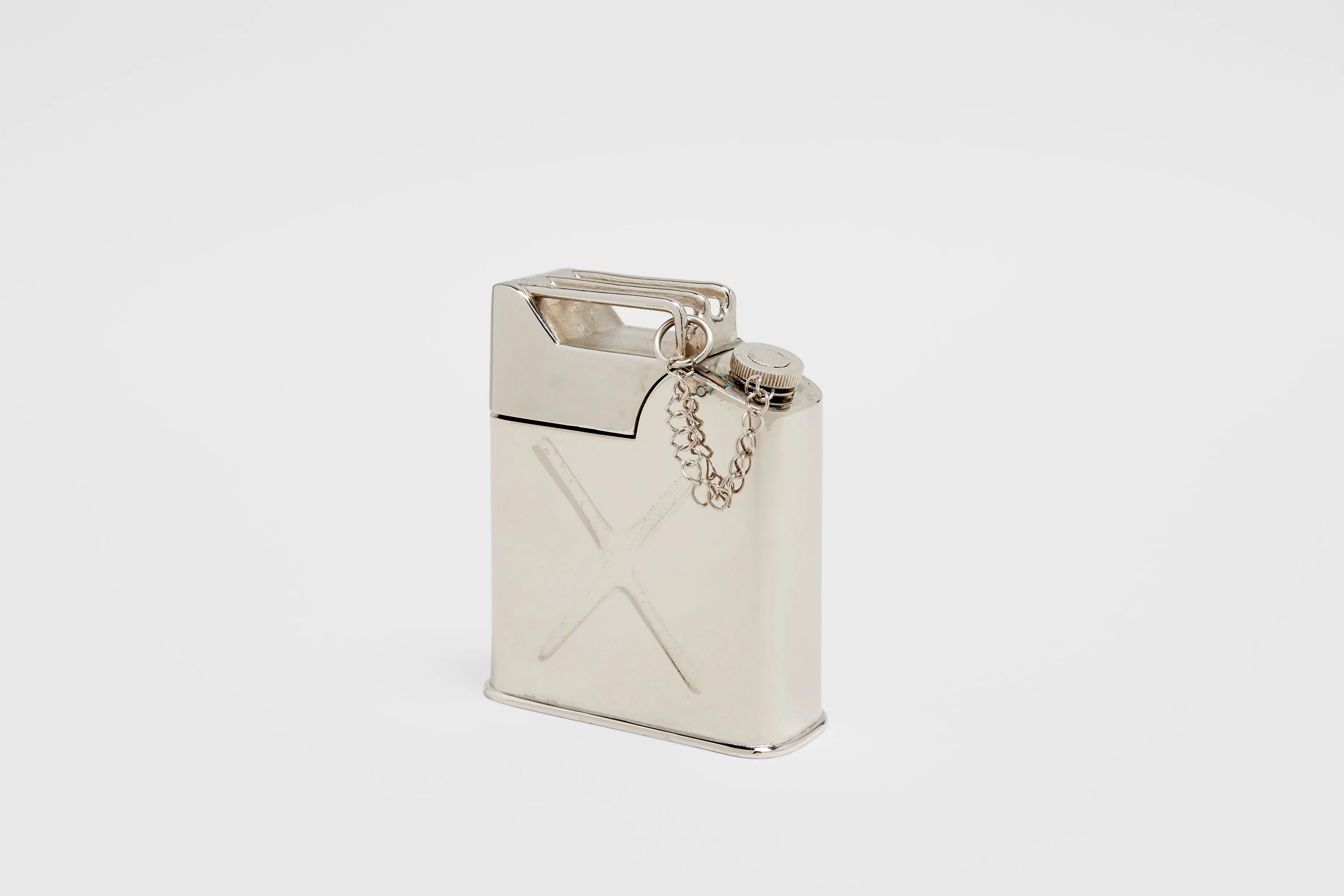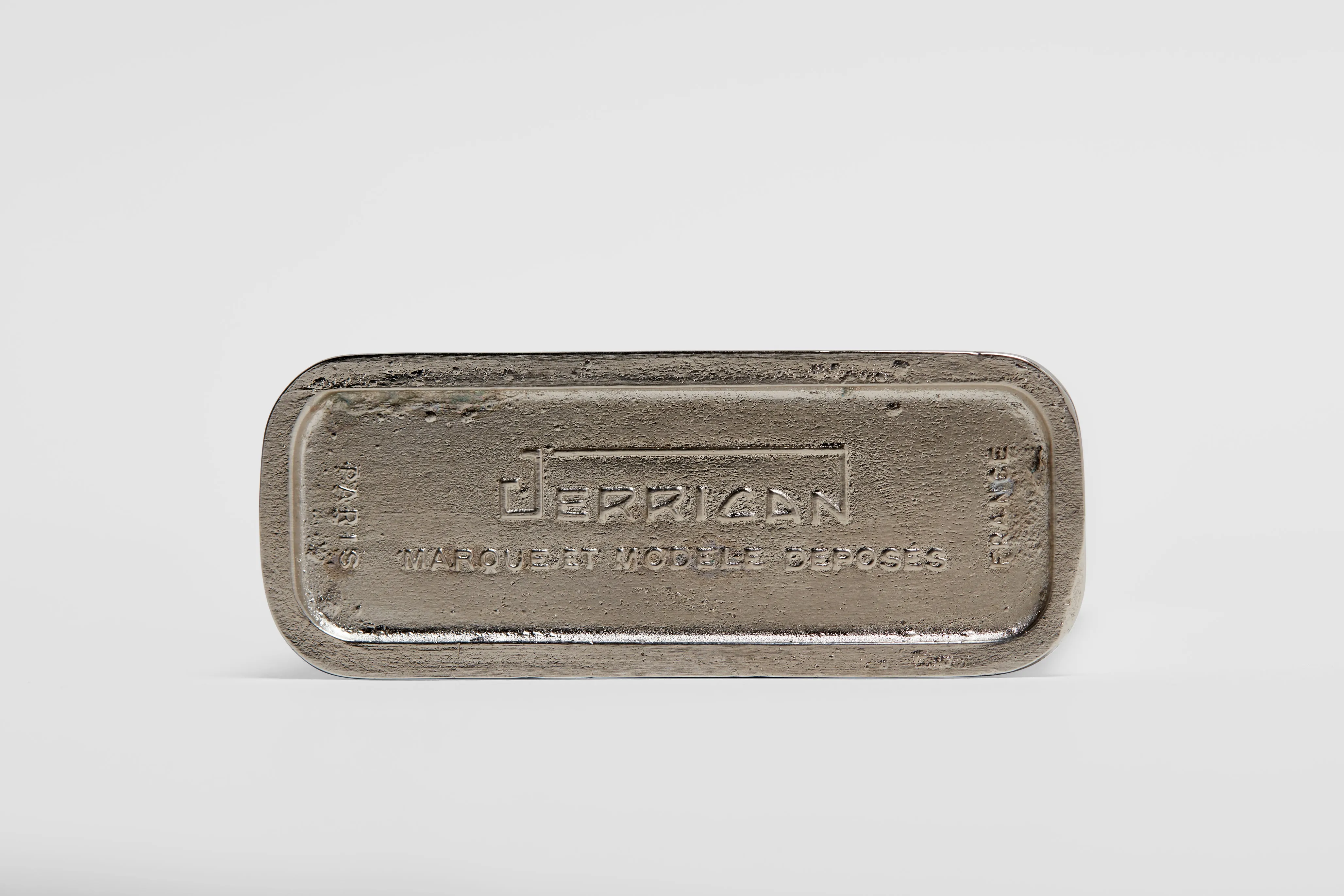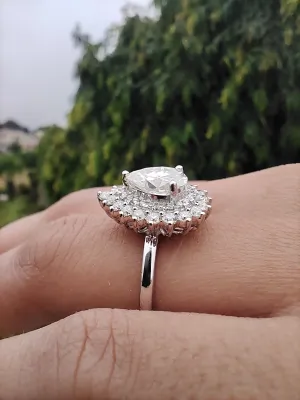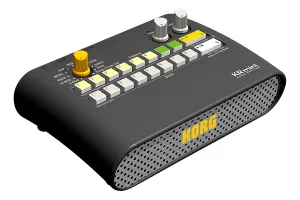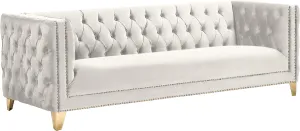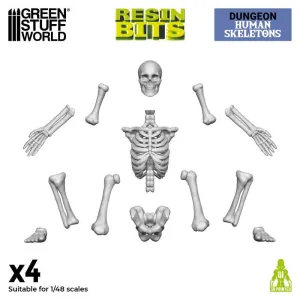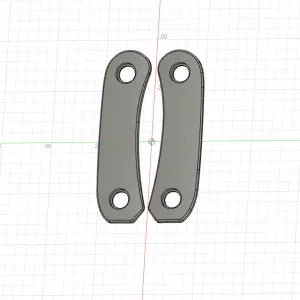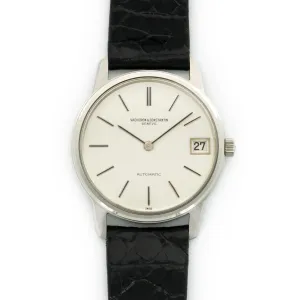A large and heavy cast metal, silver plated table lighter in the form of a petrol can. This is an exceptionally rare and quite special object. It takes its form from the German container designed in the 1930's to transport fuel. "Jerry cans", the moniker they were attributed, were originally called Wehrmacht-Einheitskanister (which roughly translates as an 'armed forces unit canister') and were first made in Germany. They were needed to carry large amounts of fuel to the army vehicles, without the need for tools and funnels. The original fuel jerry cans had 3 handles, so that the soldiers could carry 2 of them using just 1 hand. They were also designed to be stackable, which made it easy for them to be transported. Instead of welding steel, these cans were made from 2 pieces of stamped steel that could interlock, therefore making it impossible for them to leak. The lids were attached to the can, and there was no need for funnels and spouts.
During World War Two the Allied Forces had a more inferior fuel cans. They were made using thinner steel that was welded together. This meant that they were very prone to leaking and easily punctured, not ideal in a war like setting. As well as the flaws in the material, the Allied petrol cans needed to be opened with a wrench and required a funnel and spout to dispense the fuel inside. As a result of the German version being superior it was very much in demand and taken where possible by the Allied forces. The name "Jerry" was a slang name for German armed forces members during the war. Hence the moniker the "Jerry can".
With regard to this particular table lighter. It takes its design directly from the popular petrol can. The three handles at the top, "X" pattern stamped into the body each side and the overall shape and the cap for emptying the fuel. In this case the area with the three handles hinges up to reveal the interesting double flint wheel, which pulls out in order to replace flints when needed. The wick screws into the to space behind the flint wheel which runs into the body of the can. The fuel cap is actually unscrewed to add the lighter fluid. There is a handy chain which attaches to the cap which will prevent it from being lost.
The base of the lighter is stamped; "JERRICAN, MARQUE ET MODELE DEPOSES, PARIS FRANCE’. The lighter was originally designed by Clodion, an important French manufacturer. There is also an exceptionally rare version ‘Jerrican’ model in a smaller, pocket size that was licensed and retailed by luxury French atelier; Boucheron, Paris. There are thought to be only eight of the gold pieces made. Of its larger table version, production numbers are unknown. However, they are also exceptionally rare, and seldom come to market.
The condition overall is excellent. There is some wear to the body in areas, but adds to the military look and appeal of the lighter. As mentioned prior it is a heavy and very well made piece. There are various hand stamped numbers stamped into the body on the different parts, common place with high quality made pieces. The lighter will work once filled with lighter fluid. Made in Paris, circa 1940's.

